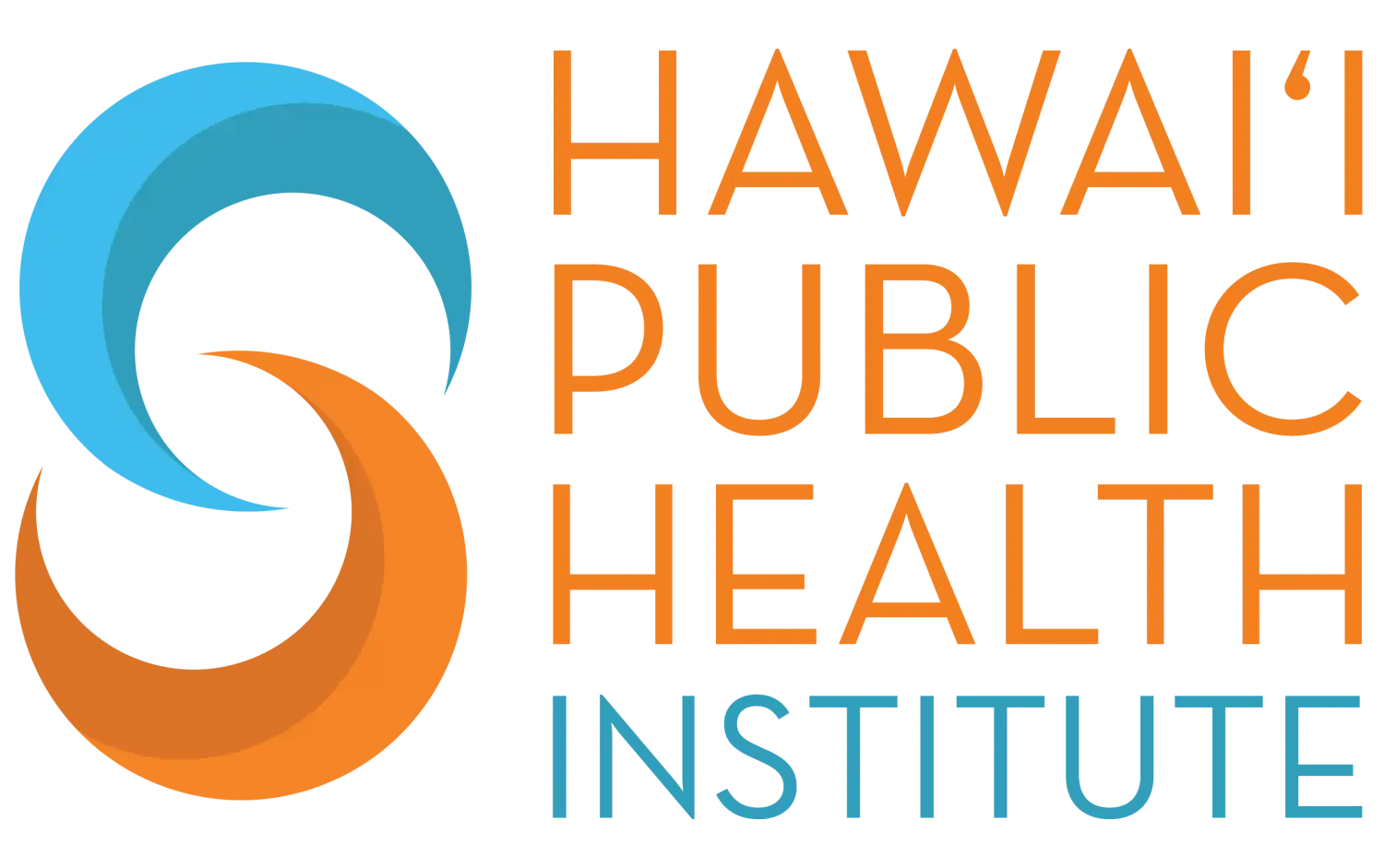Hui O Ka Wai Ola says measures taken after the tragic fire helped protect Lahaina ocean water quality

Hui O Ka Wai Ola released a new report on coastal water quality at dozens of locations from Honolua Bay to ‘Āhihi-Kīna’u Natural Area Reserve. The report summarizes changes—both improvements and declines—in water quality over eight years of data collection and confirms that measurements at sites in the Lahaina area remain within normal ranges.
Liz Yannell, the Hui’s program manager, pointed out that “Concern over increased erosion and runoff after the fire resulted in the application of a soil stabilizer and extensive best management practices to reduce runoff. Though this could not prevent all runoff, our data confirms that the actions helped to protect ocean water quality.”
Hui O Ka Wai Ola (Association of The Living Waters)—a coalition of highly trained community volunteers who monitor water quality every three week and a group of scientists who analyze the data they collect—is coordinated by Maui Nui Marine Resource Council (MNMRC), The Nature Conservancy (TNC), and West Maui Ridge to Reef Initiative (R2R).
The data they collect are added to Hawai’i Department of Health water quality data to provide a more complete understanding of coastal waters. In addition, the group provides support to academic and government partners to do deeper dives on contaminants at specific sites. They have been integral post fire in collecting advanced water quality data to support the response.

Since 2016, the Hui has collected and analyzed over 4,300 water quality samples from 52 sites in leeward Maui and recently, Lāna‘i. Its findings confirm that the water clarity, referred to as turbidity associated with sediments and erosion, always exceed DOH standards, while nitrate levels, associated with fertilizers and wastewater, often exceed DOH standards. These land-based pollutants cause coral disease, brown water events and algae blooms that can impact the quality of people’s lives and can smother, weaken and kill coral reefs.
“By detecting changes in coastal water quality in real time, we are better able to respond to problems and measure the impacts of actions,” reported Tova Callender, R2R’s Watershed and Coastal Management coordinator. “For example, significant drops in nitrate levels at Kapalua following sewage upgrades indicate the effectiveness of this intervention. Further south, increasing turbidity levels in waters around Kīhei, where exploding deer populations are exacerbating erosion, point to an urgent need for improved ungulate management in mauka areas.”

The Hui’s easy to scan 2016-2023 Coastal Water Quality Report provides communities and decision-makers with a clear picture of West Maui’s coastal waters and includes recommendations for reducing dangerous pollutant levels. “The data in this report can help communities and groups like ours focus efforts on reducing pollutant levels in areas that need it most,” said Amy Hodges, executive director at MNMRC.
“If we want coral reefs to survive and thrive in the coming decades, we must reduce land-based stressors on them, which is a big and costly task,” noted Kim Falinski, TNC’s coastal and estuarine scientist. “We appreciate the Department of Health’s trust and expertise in our organization over the years to help identify those threats. By helping to identify problem areas and show the effectiveness of interventions, Hui data is helping all of us—community groups, private organizations and government agencies—prioritize our limited investments and direct them toward efforts that will have the greatest impact on reducing land-based stressors on our reefs.”
To download a free copy of the Hui O Ka Wai Ola Coastal Water Quality Report 2016-2023, visit https://www.huiokawaiola.com/findings.html.









